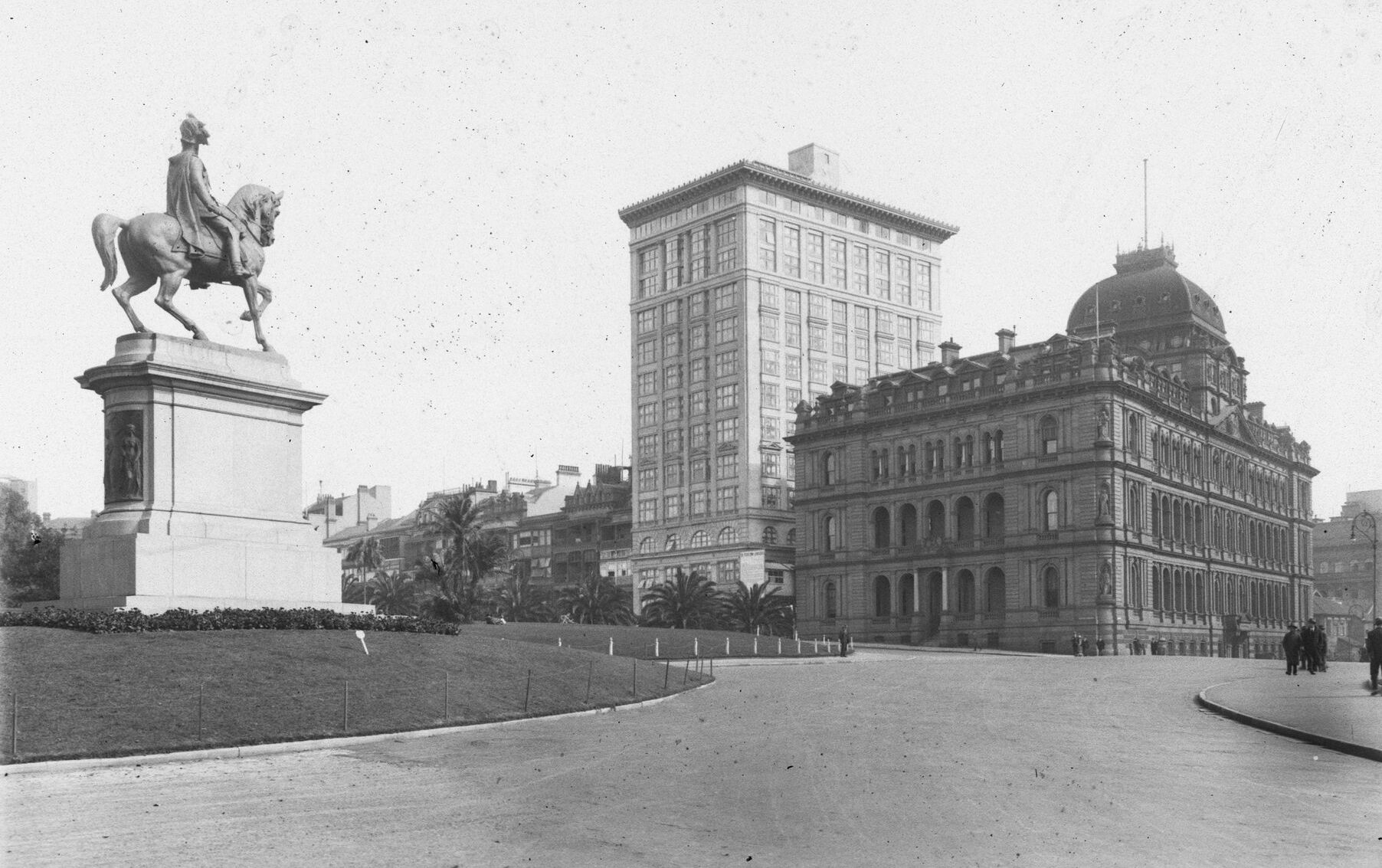Chip-carved table
This demountable occasional table was produced by English trained carpenter George Stevenson Liggins (1874-1907) shortly after his arrival in Melbourne, Australia around 1902.
In the manner of a ‘sampler’, the upper and lower table tops display medallions with individual geometric motifs of small and delicate, shallow-cut designs between sweeping curved lines. Having been passed down through the Liggins family, it is unclear if the table had been crafted for family use or trade purposes. It may have been a means to display workmanship and available design options to prospective clients.
Chip-carving comprises geometric patterns incised into timber surfaces in low relief, by means of chisels, gouges and parting tools. Originally a popular woodcarving technique in 17th century Northern Europe, late 19th and early 20th century examples are commonly represented by small decorative objects such as picture frames, panels in pieces of furniture and small boxes produced from softwood timbers such as pine and cedar.
The [Australian] Arts and Crafts Magazine (1895-1898) promoted the idea of a system of Australian arts education in Australia and the Brisbane Technical College (est. 1894) initiated courses in Chip-carving for working artisans. By 1900 these classes were taught by tradesmen, to provide for apprentice craftsmen, aiding in the integration of the Arts and Crafts Movement with Australian manufacturing industries.
Chip-carving became a fashionable hobby for the middle classes in Australia, particularly amongst women, during the Arts and Crafts Movement (1880s-1930s). As an addition to the many handcrafts used by women to decorate interiors, chip carving was suited to the home environment as it was inexpensive, required few tools and created little mess.
Published on
Related

The Wasmuth Portfolio
Frank Lloyd Wright’s Wasmuth Portfolio, is regarded as one of the most influential architectural treatises of the 20th century

The Astor, 1923–2023
Upon completion in 1923, The Astor in Sydney's Macquarie Stree twas the largest reinforced concrete building in Australia, the tallest residential block, and this country’s first company title residences

City of Gods, my early experience and toy boat
Inspired by a watercolour of the ruins of the temple of Vishnu, refugee curator in residence Jagath Dheerasekara writes about Devinuvara as a site of pilgrimage, colonisation and uprising

